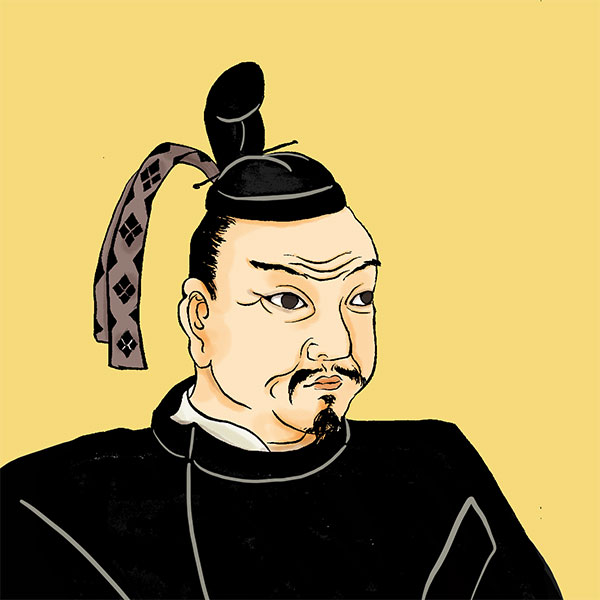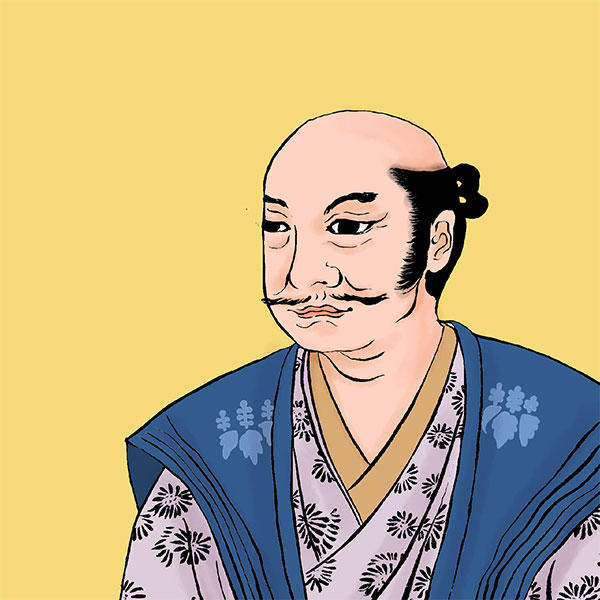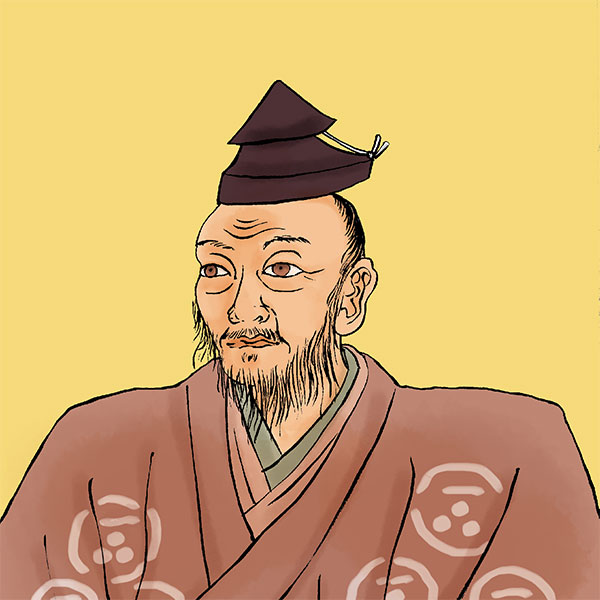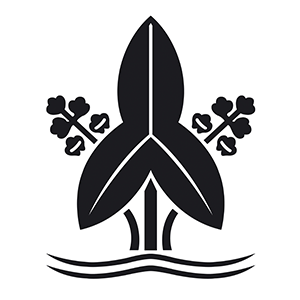- Hiroshima domainAsano family continues to rule
- Hiroshima is a place where the Mori family destroyed the Sue clan (Ouchi clan) and made it their own territory during the Sengoku period. Hiroshima Castle, the domain office of the Hiroshima domain, was built by Terumoto Mori, the grandson of Motonari Mori. However, the seki that occurred in 1600

Hiroshima castleHiroshima, Hiroshima Prefecture
| Other name | Koi Castle, Zaima Castle, Toma Castle |
|---|---|
| castle construction | 1589 |
| address | 21-1 Motomachi, Naka-ku, Hiroshima City, Hiroshima Prefecture |
| telephone number | 082-221-7512 |
| Opening hours | 9:00-18:00 (March-November/Admission until 17:30), 9:00-17:00 (December-February/Admission until 16:30) |
| closing day | December 29th to December 31st |
| Admission fee | Adults 370 yen / Seniors and high school students 180 yen / Junior high school students and under free |
- Transportation access to Hiroshima Castle
- Get off at the Kamiyacho Higashi/Nishi tram stop and walk for 15 minutes.
HISTORYHiroshima Castle was built by Terumoto Mori and destroyed by the atomic bomb.
Hiroshima Castle is a flat castle built in Naka Ward, Hiroshima City, Hiroshima Prefecture. The castle was built by Terumoto Mori, the 14th head of the Mori clan and the grandson of Motonari Mori, and functioned as the domain office of the Hiroshima domain until the Meiji period.
In 1945, the atomic bomb was dropped on Hiroshima City, causing all of the existing castle towers to collapse and being rebuilt in 1958. Let's unravel the history of Hiroshima Castle.
- History up to the construction of Hiroshima Castle
- After the Jokyu War in the Kamakura period, Hiroshima was ruled by the Takeda clan, who were ordered to protect Aki Province. As time progressed and the Sengoku period began, Motonari Mori rose to power, destroyed the Takeda clan, defeated the Sue clan (Ouchi clan) at the Battle of Itsukushima, and Aki became the property of the Mori clan. The Mori clan had Yoshida Koriyama Castle as their residence, but in the era of Motonari's grandson Terumoto Mori, Toyotomi Hideyoshi unified the country and the world became stable. In this case, the need for ``early modern castles,'' which were built as symbols of power and built castle towns around castles, increased, rather than castles to prevent invasions from enemies. For this reason, Terumoto Mori is said to have decided to build Hiroshima Castle, thinking of moving his base to the coast where there was a plain where a castle town could be built and where he could take advantage of water transport on the Seto Inland Sea trade route.
There is also a theory that when Mori Terumoto had his first audience with Toyotomi Hideyoshi, he toured Osaka Castle and Jurakudai and realized the necessity of modern castles. - Hiroshima Castle after the Meiji era From Hiroshima Castle construction to the Meiji era
- Construction of Hiroshima Castle began in 1589. Kuroda Josui, who served as construction magistrate for Mori Motonari's fourth son, Hoida Motokiyo, and Ninomiya Shutatsu, and was known as a master castle builder, was also involved in the construction of the castle.
Because Hiroshima Castle was built on a river bank, the initial construction work called ``island construction'', which involved filling in the river bank and dredging the moat, took a lot of effort. However, as Mori Terumoto actively proceeded with castle construction, the moat and castle walls were completed at the end of 1590, and Terumoto entered Hiroshima Castle the following year. In 1592, Toyotomi Hideyoshi also stopped by Hiroshima Castle on his way to Nagoya Castle in Kyushu to lead the Bunroku War. All construction work on Hiroshima Castle was completed in 1599, and it is said that the name "Hiroshima" was given at that time.
At the time of its construction, Hiroshima Castle had a three-tiered moat and was equipped with numerous bazaars for practical use, and is said to have been comparable in size to Osaka Castle at the time. However, in the Battle of Sekigahara that occurred the following year in 1600, Mori Terumoto was transferred from Hiroshima to Choshu after serving as the commander-in-chief of the Western Army, and then Masanori Fukushima, who came over, began large-scale renovations. As a result, no records remain of Hiroshima Castle at the time of its construction.
Masanori Fukushima carried out full-scale maintenance of the castle and castle town development, which had been insufficient during the Mori era, improving the outer corner and creating an inner moat, middle moat, and outer moat. The current appearance of Hiroshima Castle was formed at this time. Additionally, the Saigoku Kaido road will be rebuilt to pass through the south side of the castle town, and the Unseki Kaido road will be developed. However, this large-scale renovation provoked the wrath of Tokugawa Ieyasu, and in 1609, Fukushima Masanori was sentenced to suspension. Furthermore, in 1619, the shogunate decided that the restoration work for the damage caused by the flood was an undocumented renovation that violated samurai laws, and it was transferred to Kawanakajima, Shinano Province.
After that, Nagaaki Asano entered Hiroshima Castle in the same year, and the Asano clan continued to rule Hiroshima from then on until the Meiji era. Since castle renovation work was strictly prohibited by the shogunate, the Asano clan did not undertake any other construction work other than renovating a portion of the stone wall of the turret. However, large-scale land reclamation projects have continued since the time of the Mori clan, and the land around Hiroshima Castle is said to have expanded five to six times throughout the Edo period. - Hiroshima Castle after the Meiji era
- In the Meiji era, feudal domains were abolished and prefectures were established, and military facilities were built at Hiroshima Castle, just like other castles in Japan. During the Sino-Japanese War, the Imperial Headquarters was located in Hiroshima, and in 1890 (Meiji 30), the Hiroshima Army Regional Children's School was built on the grounds of Hiroshima Castle, and Hiroshima developed as a military capital. Masu.
While castle moats and other areas were reclaimed due to population growth, buildings such as Hiroshima Castle's castle tower were recognized for their historical value and were designated as former national treasures in 1931.
When the Pacific War began, important military documents were added to many of the buildings that remained from the Edo period, including the castle tower, Tohashi Yagura, part of the back gate, Nakamikado, Omote Gomon, Ninomaru Taira Yagura, Tamon Yagura, and Taiko Yagura. It has become a storage warehouse. As a result, it became a target for attacks by the U.S. military, and on August 6, 1945, an atomic bomb was dropped on it, causing all existing buildings to collapse and burn down. At that time, it is said that there were 10,000 soldiers in and around the grounds of Hiroshima Castle. Many of them became victims of the atomic bomb.
In 1953, when the castle ruins were designated as a national historic site, momentum for rebuilding the castle tower increased, and in 1958, as the city celebrated its 70th anniversary, it was decided to hold the Hiroshima Reconstruction Exposition.Hiroshima Along with the opening of the Peace Memorial Museum, it was also decided that the castle tower would be rebuilt as the centerpiece of the exposition. Construction had already begun at this time, and the Hiroshima Castle Folk Museum (currently the museum) opened in June 1958. From 1989 to 1994, the 400th anniversary of the construction of the castle and the 100th anniversary of the city's establishment saw renovations to the castle, restoration of the Ninomaru, and purification of the moat.
In 2006, it was designated as one of Japan's 100 Famous Castles. The current Hiroshima Castle castle tower, which was rebuilt, has become increasingly obsolete, so earthquake-proofing and rebuilding the castle with a wooden structure are being considered.
Read biographies of people related to Hiroshima Castle
The history of the Hiroshima domain, with Hiroshima Castle as the domain office.
| Domain office | Hiroshima castle |
|---|---|
| old area | Hiroshima, Aki District, Aki Province |
| stone height | 426,000 koku |
| Fudai/Tozama | Foreigner |
| main lord | Fukushima family, Asano family |
| Estimated population | 910,000 people (first year of the Meiji era) |
























